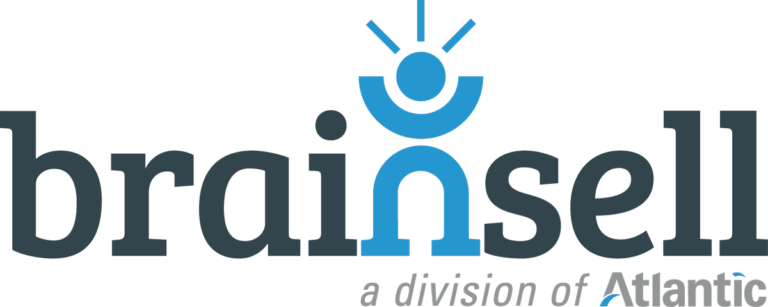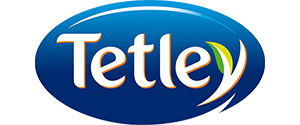Picture this: It’s early January, and the Tetley Harris sales team is evaluating the previous year’s progress. Most employees had managed to work on a dozen or so deals. Sales cycles were slow, and many of them had carried over into the current quarter.
No doubt you’ve encountered Tetley Harris products: As the largest private-label tea packing company in North America, the manufacturer produces 28 million tea bags daily at three facilities in California, Georgia and New Jersey. Its brewing tea, coffee and cold brews have graced millions of shelves and countertops for more than 150 years. What you may not know is just how hard the business has worked to get to its current levels of distribution.
An Outdated System
For many years, the Tetley Harris sales team relied solely on spreadsheets.
Yes, you read that right—spreadsheets.
While this solution worked well for awhile, there came a point when the system was doing more harm than good, particularly when it came to monitoring leads and tracking opportunities. By the time Regional Sales Manager Trevor McSwain came on board, it was evident those spreadsheets had outlived their usefulness.
“Imagine the worst possible scenario using ‘save’ and ‘save as,” McSwain explained, “with tab after tab of ‘random notes.’”
Although the company had targeted approximately 100 customers, the team wasn’t really engaging with them or actively selling to them efficiently.
As McSwain tells it:
“We had a pretty sorry, almost pathetic, process with 10 to 12 opportunities that would get worked throughout the year. Everybody was swinging for the home run.”
To be fair: These were all “big” wins, so it made a lot of sense to stay laser-focused on a small number of accounts. The issue, however, was that it became incredibly difficult to go after those $50,000 and $5 million-a-year customers and keep everything organized. And a lot of smaller, but high potential, prospects weren’t even making the spreadsheets.
In setting out to find a better solution, McSwain’s goal was simple: Give Sales a platform that will free them to spend less time managing and more time interacting.
The In-depth Evaluation
At the outset, McSwain wasn’t sure what employees would need to turn things around. So he asked.
“I sat down with the president of our division and the vice president of sales and just asked them what they wanted the system to be able to
do,” he said.
Things progressed quickly from there. First, the three decision-makers set goals. Together, they determined that Tetley Harris would need to:
- Increase the number of opportunities Sales is actively pursuing
- Keep better track of those opportunities
- Improve the accuracy of the customer database
Next, they created a checklist of key features. Some items were very topline; others were highly detailed. The resulting list was exhaustive, right down to the need for customized dropdowns to prevent Sales from entering information that’s impossible to search.
And last but far from least, McSwain asked more questions to find out what colleagues at other companies were using.
The entire process took four months. Tetley Harris looked into a total of eight systems and did demos with four before officially ranking them.
Landing on a New Solution
Spoiler alert: Sugar was the winner.
Which is kind of crazy, considering the platform wasn’t even on McSwain’s radar initially. But when the name came up in conversation, he reached out to SugarCRM’s Elite partner BrainSell to better understand the tool and get a closer look. It ended up being one of the best decisions in this entire process. Sugar was the only solution that allowed them to check every box on the checklist of needs.
On the one hand, Tetley Harris needed to cover the basics: improve pipeline, manage leads and classify different types of customers. But it was equally critical to future-proof processes, and the team was adamant about finding a CX platform that would not only help grow the business, but scale with it, too.
Sugar did all of this, plus something equally important: It was flexible, intuitive and easy to use.
From 100 to 1,200+ Active Accounts
It took a while to get everyone on board. But as soon as Sugar was integrated with Outlook, user adoption went through the roof—and the transformation was significant.
Representatives started moving through the pipeline quicker. Not because people got better at sales (they were already excellent), but because important activities were no longer “falling through the cracks.”
“Sugar allowed us to not only increase the number of accounts we were keeping track of, but also to maximize the amount of opportunities we go through,” McSwain said.
The team went from 100 active leads to more than 1,200 accounts that reps are either targeting or currently engaged with. Shortly after implementing Sugar with BrainSell’s help, they opened and closed 400 opportunities—far more than they had ever worked through before.
“We now engage the customer and take some swings, which was not happening before,” McSwain said. “We used to go for grand slams. Now we’re hitting singles as well.”

Sugar Partner
BrainSell helps companies thrive by solving business challenges with guidance and technology, including CRM, ERP, Marketing Automation, Customer Service, and Business Intelligence.


